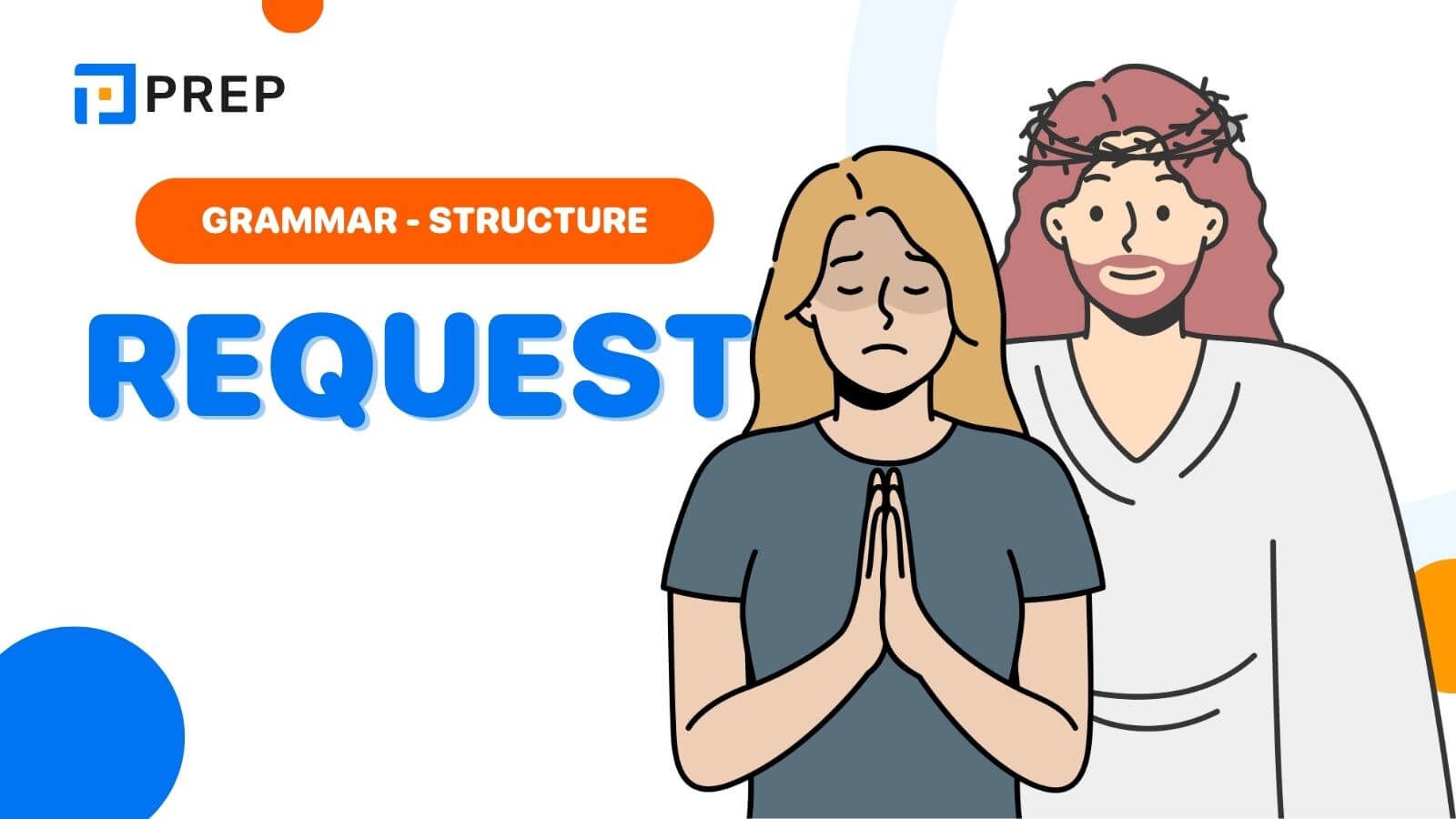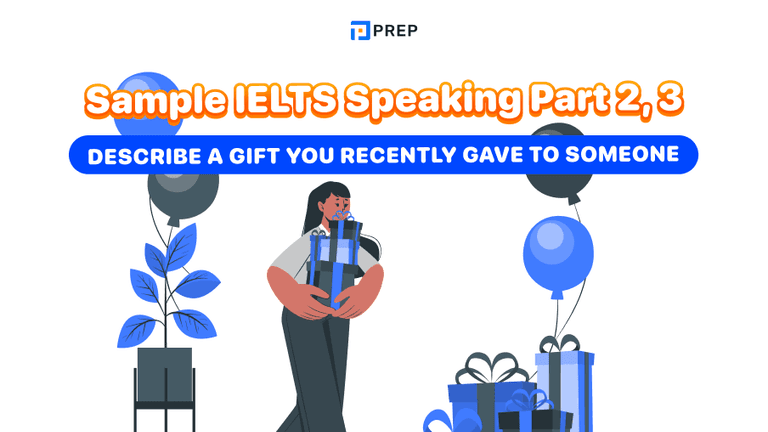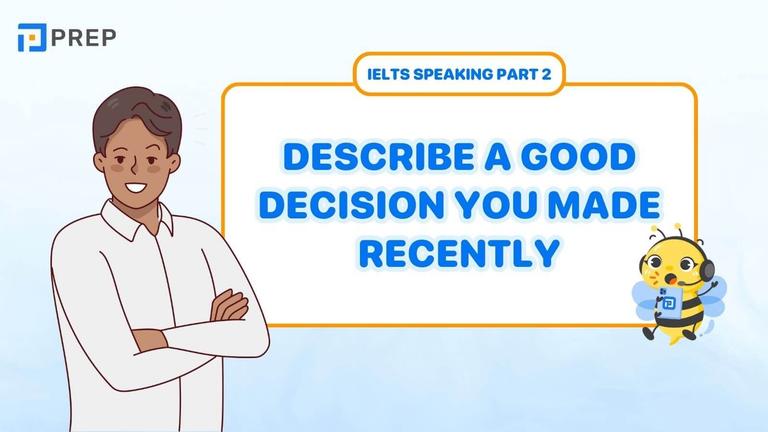What is a request structure? English knowledge on request structures
In English, what are the most commonly used request structures? The following article from PREP will summarize all the knowledge about request sentences to help you communicate better in English and use them when truly necessary!

I. What is a request structure?
In English, a request structure describes an event or action that the speaker does not want to do or cannot do and wants to ask, hire, or instruct someone else to do it for them. This structure is particularly useful in everyday communication, allowing individuals to delegate tasks effectively while maintaining politeness. We often use clauses containing "have" or "get" in request structures in both active and passive forms.
The flexibility of these structures enables speakers to express their needs clearly while conveying a sense of cooperation. Additionally, understanding how to use these forms enhances language proficiency, making conversations smoother and more efficient. This knowledge is essential for effective communication in both personal and professional contexts, as it fosters collaboration and mutual understanding.
For example:
-
Bella had me finish this work for her.
-
John had his brother receive the package.
-
She got her hair cut yesterday.
-
He had his computer fixed.
II. How to Use Request Structures in English
In English, we use request structures in the following situations:
1. Expressing a Request
When you want to ask someone to do something for you, you can use the request structure “have” or “get” in the passive form: have/get something done (by somebody). This usage emphasizes the process or action rather than the individual performing the task. By employing this structure, speakers can convey their needs while maintaining a focus on the outcome rather than the effort of the person executing the task. This approach is particularly useful in professional settings, where clarity and efficiency are essential, allowing for smooth communication and collaboration without placing undue emphasis on the person responsible for the action.
For example:
-
I had my car washed by my dad.
-
We are getting our house painted by our neighbors next week.
*Note: In this case, we can either keep or omit "by" + the subject performing the action being requested.
2. Describing Hiring Someone Else
The request structure is used when hiring someone else to do something. In this case, we will use the active structure: have somebody do something or get somebody to do something. This formulation allows the speaker to directly indicate who will perform the task, making it clear that they are seeking assistance or hiring someone for a specific job. Using this structure emphasizes the action and the person being tasked, facilitating direct communication of needs and expectations. It is particularly effective in both casual and professional contexts, where clarity in delegating responsibilities is important for successful collaboration.
For example:
-
Hana got a cleaning company to clean her apartment.
-
Jack had a wedding photographer take his pictures.
3. Describing a Negative Event
When something negative happens, especially when someone is adversely affected by an action done by someone else, we use the structure “have/get something done.” This construction highlights that an action has been performed on the subject without their direct involvement or consent, often implying an unwanted situation or outcome. It effectively communicates the idea that the subject is experiencing the consequences of an action taken by another party. This structure is useful in discussing issues of accountability and impact, as it focuses on the result rather than the person performing the action. It allows speakers to express dissatisfaction or concern while maintaining a degree of objectivity in their statements.
For example:
-
She had her phone stolen on the bus.
-
John’s car had its window broken.
III. Active Request Structures with Have and Get
The structure of asking someone in English actively is used to describe someone requesting or instructing someone else to do something.
1. Active Request Structure
|
Active Request Structure |
Formula |
Example |
|
Request structure with Have |
S + have + (sb) + V-inf + … |
|
|
Request structure with Get |
S + get + (sb) + to + V-inf + … |
|
2. Passive Request Structures
|
Passive Request Structures |
Formula |
Example |
|
Request Structures with Have |
S + have + sth + V-ed/PII + … + by sb |
|
|
Request Structures with Get |
S + get + sth + V-ed/ PII + … + by sb |
|
IV. Some Other Request Structures in English
In addition to the request structures with Have and Get, there are several other request structures in English:
1. Request structures with Make & Force
The request structures using Make and Force have a connotation of compelling someone to do what you want.
|
|
Active voice |
Passive voice |
|
Formula |
S + make(s) + someone + V-inf S + force(s) someone + to V-inf |
S + makes + someone + adjective |
|
Example |
|
|
2. Request structures with Let & Permit/ Allow
The request structure with "let" expresses the idea of someone allowing another person to do something.
|
Formula |
Example |
|
S + let(s) + someone + V-inf |
|
|
S + permit/ allow(s) + someone + to V-inf |
|
3. Active Request Structure with Help
The "help" structure is used to ask someone for assistance:
|
Formula |
Example |
|
S + help(s) someone + V-inf/ to V-inf |
|
Note: When the object is a pronoun referring to a person, we can omit the object and the preposition "to." Additionally, when the object of "help" is "do," we can also omit the object and the preposition "to."
4. Request Structure with Want/Need/Would like/Prefer
The request structure with want/need/would like/prefer is used to make polite requests for assistance:
|
Formula |
Example |
|
Want/ need + something + (to be) + past participle |
|
|
Would like/ prefer + something + (to be) + past participle |
|
V. Some Common Request Phrases in English
In addition to learning the request structures mentioned above, we also need to memorize some common request phrases in English as follows:
|
Structure |
Example |
|
Will/ would/ can/ could you please… Politely asking someone to do something |
|
|
Do you mind…? Politely asking if someone minds doing something for you |
|
|
Do you think it would be possible to…? Politely asking if someone could do something for you |
|
|
Would it be possible for you to…? Politely asking if someone has the possibility to do something for you |
|
|
Would there be any possibility of… Politely ask if someone can do something for you |
|
|
Would you be kind enough to…? Politely making a formal request |
|
|
Would you mind…? Asking if someone minds doing something for you |
|
|
Can/could you… for me, please? A common way to ask someone to do something |
|
|
Could you possibly… A polite way to ask if someone could do something |
|
|
I’d appreciate it if you could… Expressing gratitude and requesting someone to do something |
|
|
Can/could I ask you to…? A polite request in a formal situation |
|
VI. Exercises on Have and Get Request Structures
After going through a series of knowledge on request structures, let's practice a bit with PREP to better remember these theories!
Exercise: Choose the correct answer for the following sentences.
-
I _______ by Jessica at the moment.
A. am having painted the room
B. am having the room painted
C. am having painted the room
D. am painting the room
-
Jack ______ at the garage yesterday.
A. fix it
B. is having his bicycle fixed
C. had his bicycle fixed
D. was having his bicycle fixed
-
Jenny ______ the motorbike at 8 AM yesterday.
A. Kelvin washed
B. had Kelvin washed
C. had Kelvin wash
D. had Kelvin washing
-
Kathy ______ the housework.
A. got Liz do
B. got Liz done
C. had Liz done
D. got Liz to do
-
Sara _______ the washing machine yesterday.
A. got Steven clean
B. had Steven cleaned
C. had Steven clean
D. got Steven cleaned
Answer key: 1 - B, 2 - C, 3 - C, 4 - D, 5 - C
This article provides all the knowledge about request structures in English. Apply it in your daily communication to remember it better! Follow PREP to learn more useful knowledge, Preppies!

Hi I'm Chloe, and I am currently serving as an Product Content Administrator at Prep Education. With over five years of experience in independent online IELTS study and exam preparation, I am confident in my ability to support learners in achieving their highest possible scores.
Comment
Premium content
View allPersonalized roadmap
Most read












